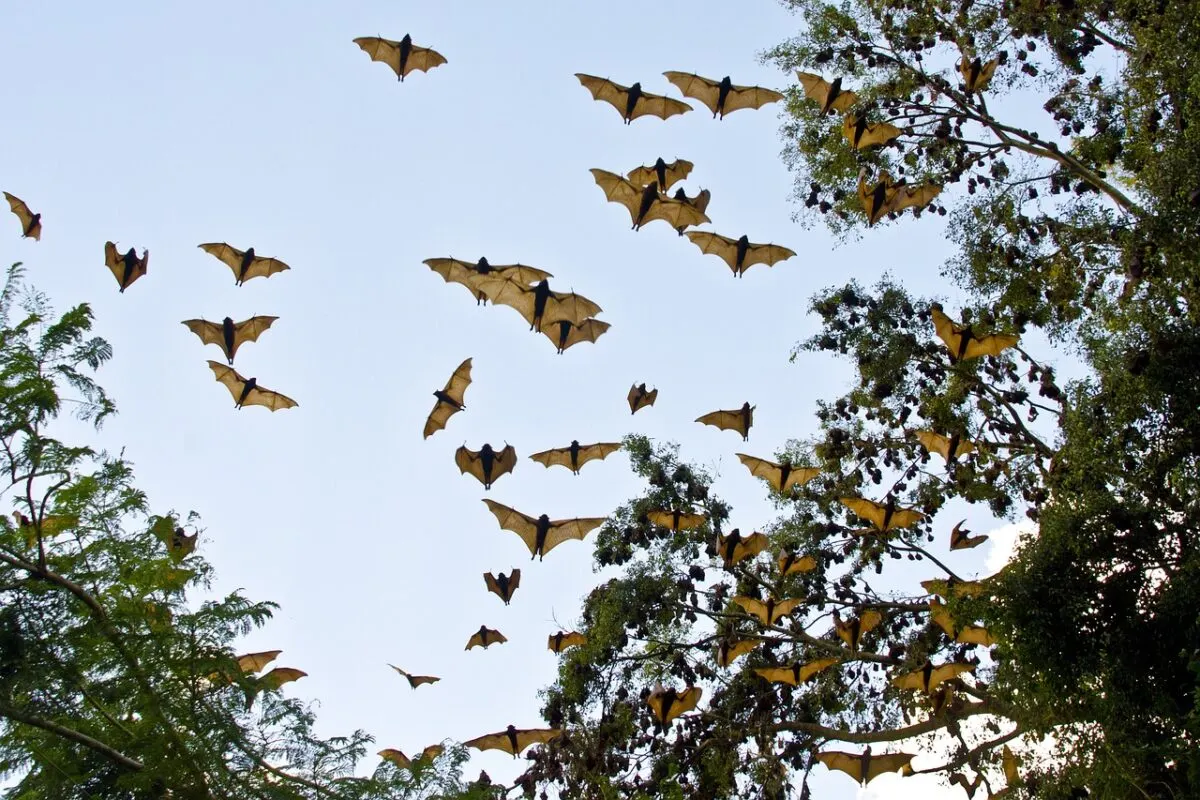Are you someone who loves natural wonders and are curious about the largest colony of bats? Have you ever wanted to interact with nature’s most mysterious creatures, flying mammals?
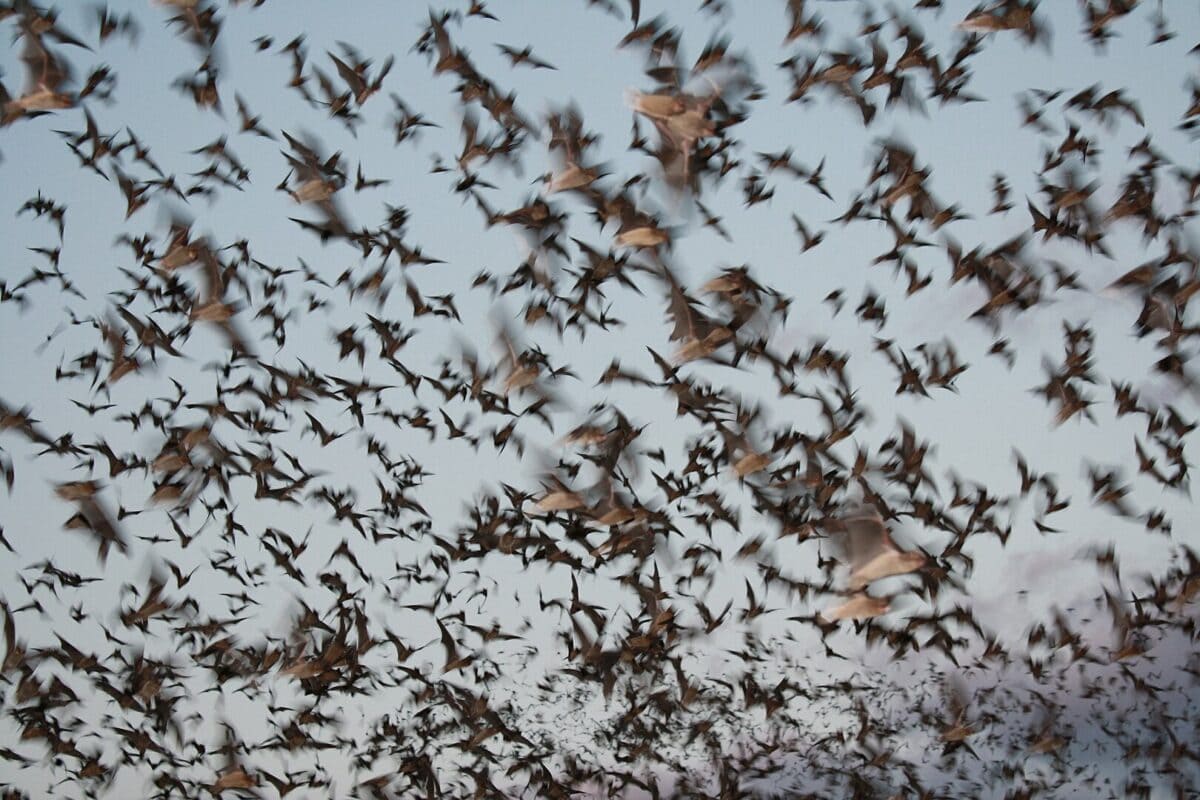
If that’s the case, we have an ideal chance just for you! Witness the largest colony of bats ever discovered – a site sure to be exciting and educational.
Through this guideline, learn about where to find these amazing animals, why they congregate in such great numbers, what conservation efforts are being made, and other interesting facts about these beautiful creatures!
Key Points
| Witness the largest colony of bats ever discovered in Bracken Cave, Texas, home to over 15 million Mexican free-tailed bats. |
| Learn about the biology behind a bat colony, including their social structure, exceptional communication, and hunting methods. |
| Tips for locating a bat colony in your area include looking for areas abundant in insects and signs of guano. |
| Safely observe a bat colony by choosing the right time to visit, wearing appropriate clothing, and respecting their habitats and behavior. |
| Get involved in citizen science efforts to protect bats, including joining conservation organizations, conducting bat surveys, building bat boxes, reducing light pollution, and monitoring white-nose syndrome. |
Want to jump ahead? Click below
Overview Of The Discovery – Where And When It Happened To
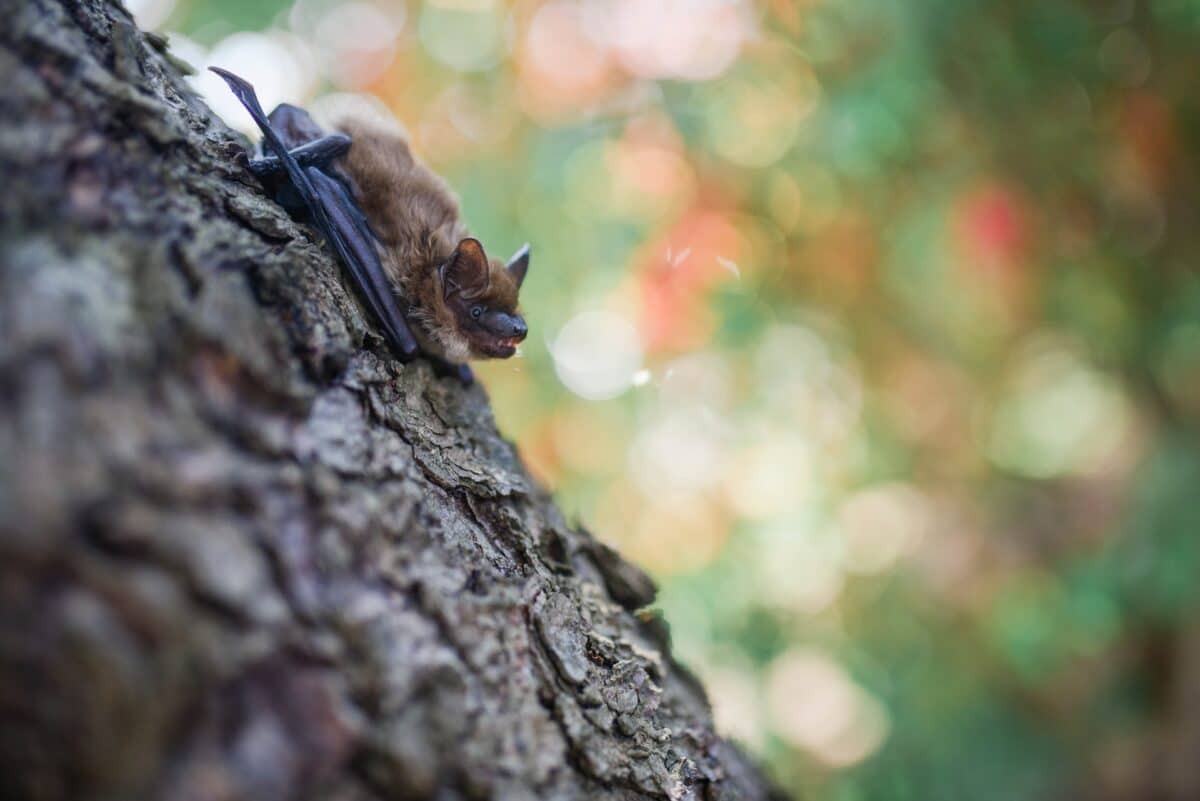
Picture yourself standing at a cave entrance, peering into the darkness, wondering what secrets lay beyond.
Suddenly, thousands of fluttering wings and screeching calls blast out of the cave’s depth, surprising you with an unparalleled experience – you just discovered the largest colony of bats you’ve ever seen. This momentous event happened in Bracken Cave, Texas, where over 15 million Mexican free-tailed bats live and migrate yearly.
The discovery of this colony, which took place in the 1800s, has since attracted thousands of visitors annually. It continues to mesmerize guests with awe-inspiring views of the bats taking flight in search of their nightly meal.
The Biology Behind A Bat Colony
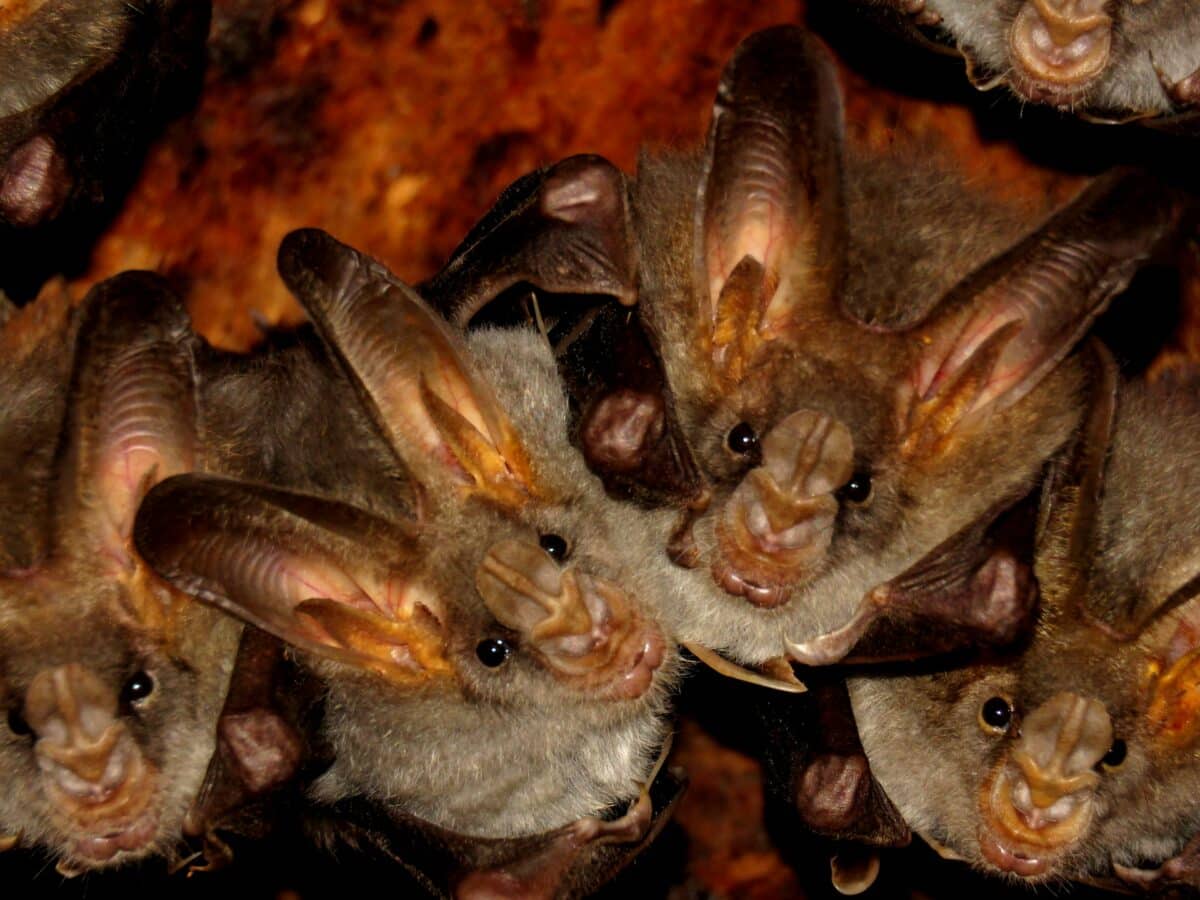
Bats play a vital role in maintaining our ecosystem, and delving into the biology of a bat colony can be truly captivating. Few sights are as awe-inspiring as witnessing the grandeur of the largest bat colony ever documented. These creatures, which are nocturnal and incredibly agile, fly through the night skies in search of insects.
A bat colony comprises several groups, known as sub-colonies, each having its hierarchy and social structure. By living together, they can protect themselves better from predators and conserve their body heat. If you’ve never seen a bat colony, it’s an experience worth having.
These wonderful creatures will leave you in awe, from their unique communication styles to their hunting methods.
How To Locate A Bat Colony In Your Area
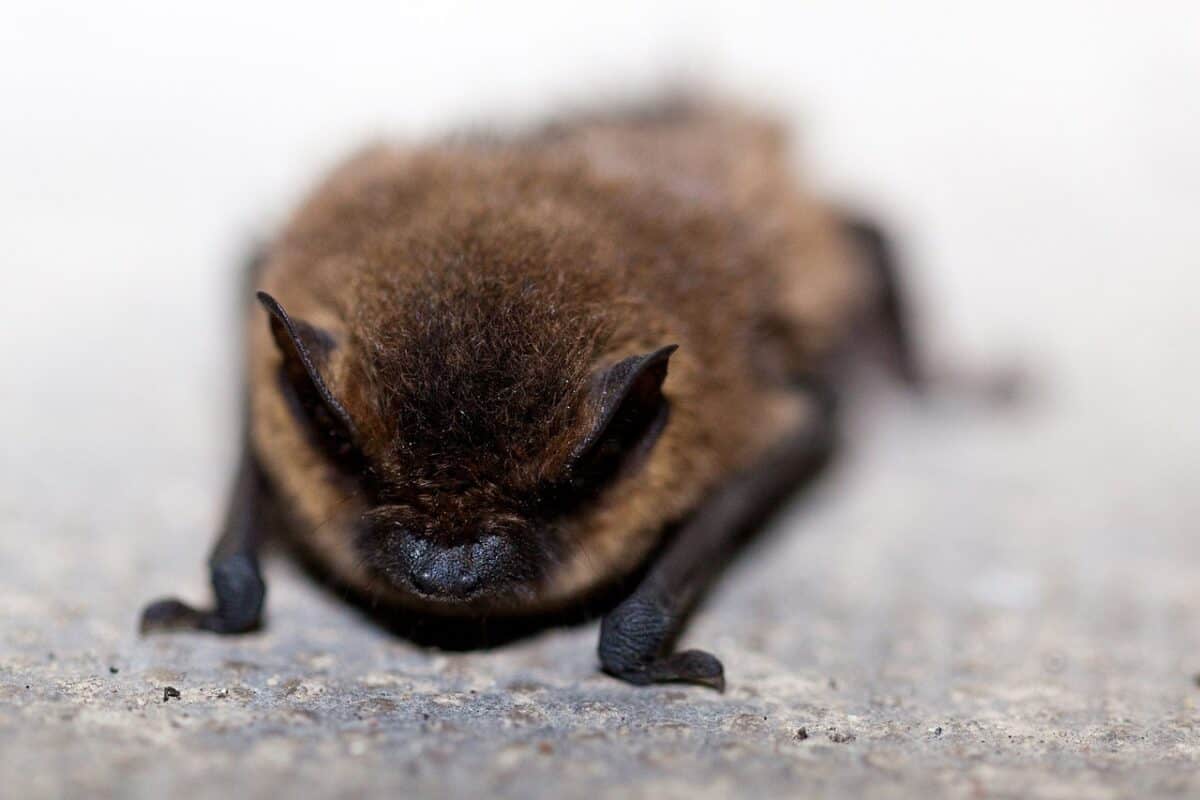
Finding a bat colony in your area can be an exciting adventure for wildlife enthusiasts. These nocturnal creatures are known for their incredible echolocation skills and ability to consume hundreds of insects in a single night.
However, locating a bat colony can be challenging, as they often reside in dark, secluded locations. One tip for finding a bat colony is to look for areas with abundant insects, such as near bodies of water or gardens.
Additionally, keeping an eye out for bat droppings, known as guano, around the exterior of buildings or structures can indicate a nearby colony. With some patience and little research, you may witness the largest bat colony ever discovered in your area.
Check out How To Tell If You Have Bats In Your Attic.
How To Safely Observe The Largest Colony Of Bats
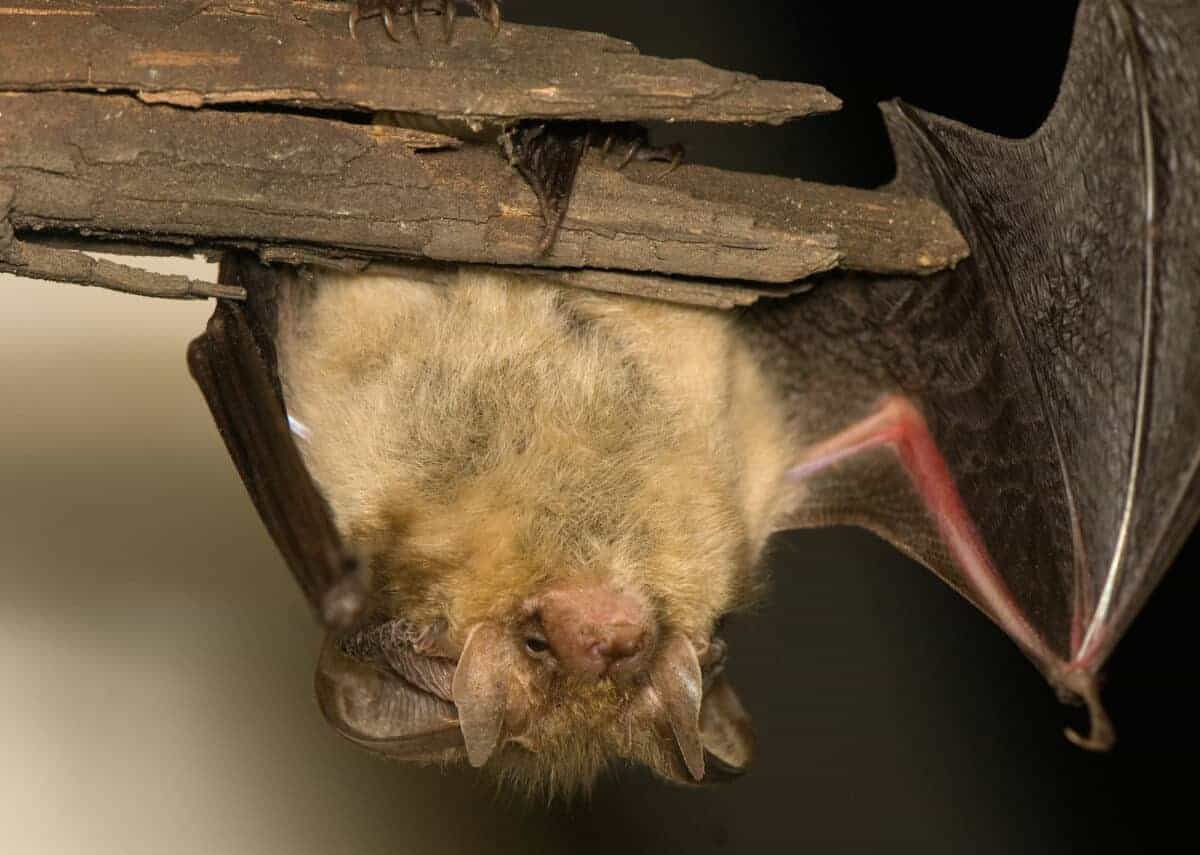
If you plan to visit a bat colony, there are important steps to consider to ensure a safe and enjoyable experience. This guideline will provide tips and information to help you make the most of your visit while protecting the habits and well-being of these incredible creatures.
Choosing The Right Time To Visit
The best time to see a bat colony is during the summer when the bats are more active in their reproductive season. During this time, you’ll have a greater chance of seeing more bats leaving or returning to their roost, making for a more spectacular viewing experience.
Ensure you also check the weather forecast before you visit, as high winds or rain can prevent bats from flying.
Prepare For The Visit
To ensure your safety; it is important to dress appropriately before entering the cave. Wearing long-sleeved shirts and pants is recommended as it provides a protective barrier for your skin against any potentially harmful organisms that could be present in the cave environment. It will also protect you from any insect bites that you might get. To ensure environmental sustainability, it is highly recommended to use reusable water bottles instead of single-use ones.
Additionally, it is advisable to carry insect repellants for protection against bugs. Binoculars can enhance the experience of observing bats, and a flashlight can come in handy for better visibility in dimly lit areas.
Respect The Bats’ Habits
Bats are a valuable part of our ecosystem and represent a crucial role. They pollinate plants, help control populations of insects like mosquitoes and gnats, and provide food for other animals. Therefore, it is important to be respectful of their habitats and behavior.
Keep your distance while observing a bat colony, use a quiet voice, and avoid sudden movements. Bats are easily startled, and disturbances caused by human beings can negatively impact their health and breeding. Visitors may also be required to wear protective gear or limit their time in the cave to avoid disturbing the bats.
Be Aware Of Conservation Efforts
Finally, be aware of conservation efforts regarding bat populations and habitats. Many bat species across the globe are facing threats. They risk becoming endangered or extinct due to various factors such as habitat loss, pesticide use, and other detrimental influences.
To help protect bats, you can support local conservation organizations, avoid using pesticides and other harmful toxins near bat habitats, and advocate for laws and policies that protect these vital and unique creatures.
What To Bring On A Bat-Watching Trip
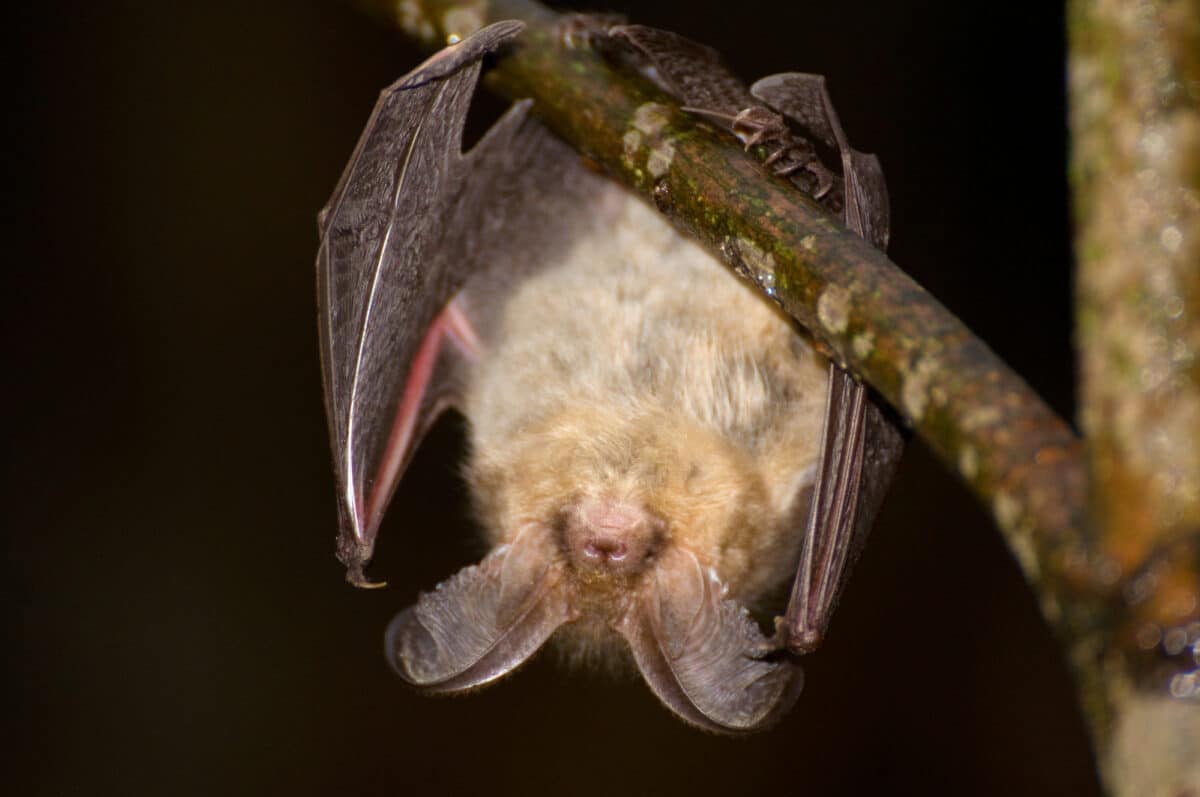
Going on a bat-watching trip can be a thrilling experience, especially if you’re heading to witness the largest colony of bats ever discovered. Preparing for such a trip can be daunting as you plan what to pack.
Ensuring you have the appropriate gear is crucial for a comfortable and enjoyable adventure.
- Firstly, pack warm clothes, as bat watching means staying outside for extended periods, possibly chilly. A good quality headlamp or flashlight will be useful when exploring the caves where bats usually reside.
- Additionally, binoculars will allow you to get up close and personal with these incredible creatures without disturbing them. Snacks and water are essential for the journey as well. Bats can be very sensitive to noise, so keeping your voices down is important.
- Lastly, bring a camera to capture the once-in-a-lifetime experience of seeing the largest colony of bats ever discovered in their natural habitat.
How To Participate In Citizen Science Efforts That Help Protect Bats
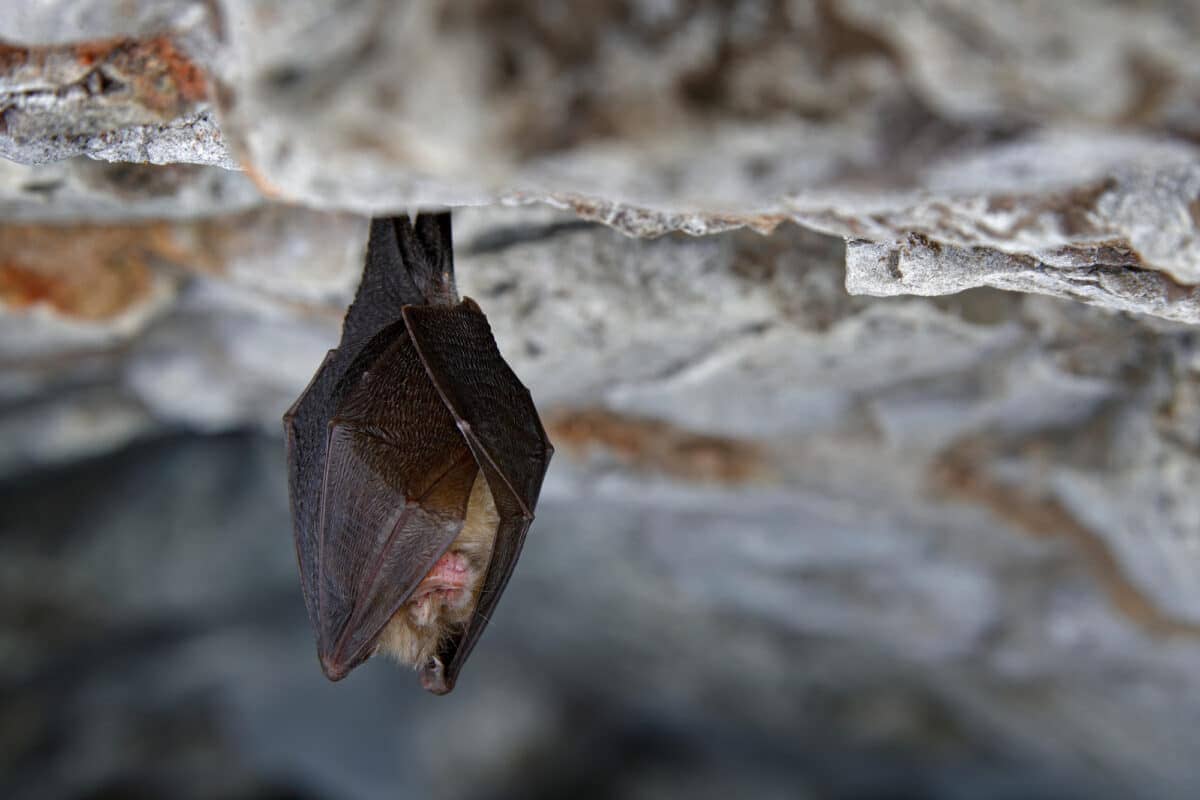
Bats play a vital role in ecosystems worldwide but face increasing threats such as habitat loss, disease, and pesticides. Engaging in citizen science efforts to track and monitor bat populations can help inform conservation efforts and protect these important creatures.
Here are some ways to get involved:
- Join A Bat Conservation Organization
Many organizations, such as Bat Conservation International and the Organization for Bat Conservation, are dedicated to bat conservation and protection. By joining one of these groups, you can learn about local bat populations and the threats they face and participate in conservation efforts and citizen science projects.
- Conduct Bat Surveys
One way to help monitor bat populations is to participate in bat surveys. These surveys can take many forms, such as counting bats at specific locations or using acoustic detectors to record bat calls. By collecting this data, researchers can track changes in bat populations and identify areas where conservation efforts are most needed.
- Build Bat Boxes
As bat populations decline due to habitat loss, building and installing bat boxes is a great way to provide safe and secure roosting sites. Bat boxes mimic natural roosting sites and provide important shelter for bats throughout the year.
- Reduce Light Pollution
Bats are sensitive to light pollution, which can disrupt their feeding and migration patterns. You can help reduce light pollution by turning off unnecessary lights, using low-watt bulbs, and directing lights downward rather than outward.
- Monitor For White-Nose Syndrome
White-nose syndrome (WNS) is a fungal disease that has devastated bat populations in North America. By monitoring for signs of WNS and reporting any suspected cases, citizen scientists can help researchers track the spread of the disease and inform conservation efforts.
Learn more about What to do when bats roost in your house.
FAQ of the Largest Colony Of Bats
The largest bat colony in the world is found in Bracken Cave, Texas, United States. It is home to the Mexican free-tailed bats (Tadarida brasiliensis) and is estimated to house over 15 million bats during peak season.
The Bracken Cave colony in Texas is estimated to have over 15 million Mexican free-tailed bats during peak season. However, it’s important to note that bat populations can fluctuate due to various factors, including migration and availability of resources.
The Bracken Cave colony in Texas is estimated to have over 15 million Mexican free-tailed bats during peak season. However, it’s important to note that bat populations can fluctuate due to various factors, including migration and availability of resources.
Yes, there are several other notable bat colonies around the world. Some examples include:
– Congress Avenue Bridge in Austin, Texas, which is home to around 1.5 million Mexican free-tailed bats.
– Kasanka National Park in Zambia, where over 10 million straw-colored fruit bats (Eidolon helvum) gather during their annual migration.
– Devil’s Cave in Thailand, which is home to millions of wrinkle-lipped bats (Chaerephon plicatus).
– Monfort Bat Sanctuary in the Philippines, known for its large population of Geoffroy’s rousette fruit bats (Rousettus amplexicaudatus).
Bat colonies play a crucial role in ecosystems. They are excellent insect controllers, consuming large quantities of insects that can be harmful to agriculture and human health. Bats also contribute to pollination and seed dispersal, helping to maintain the balance of plant species in various habitats.
In many countries, bats and their roosting sites are protected by law due to their ecological importance. It is important to respect and preserve bat colonies to maintain their populations and ensure the health of ecosystems.
Wrapping Up with the Largest Colony Of Bats
Evidently, visiting the largest colony of bats is an unforgettable experience that will leave you feeling enlightened and connected with nature.
To fully experience this one-of-a-kind location, research and plan your visit to appreciate the natural beauty in all its glory. From learning more about their behaviors and conservation efforts, seeing them gliding gracefully through the sky, to gaining a greater appreciation of wildlife, this amazing site has something for everyone.
Don’t miss out on experiencing a breathtaking moment with the world’s largest gathering of bats – plan your trip today!
Next up:
- Unveiling the Tiniest Seahorse
- Fearsome Saw-Scaled Viper Bite
- The Smallest Jellyfish Species Revealed
- Nature’s True Masters of the Air
- Largest Pitbull Is Friends With Newborn - May 4, 2024
- How Many Lion Cubs Can You Count? - May 4, 2024
- Bison Leaves Woman With Spinal Injuries In Yellowstone - May 3, 2024

